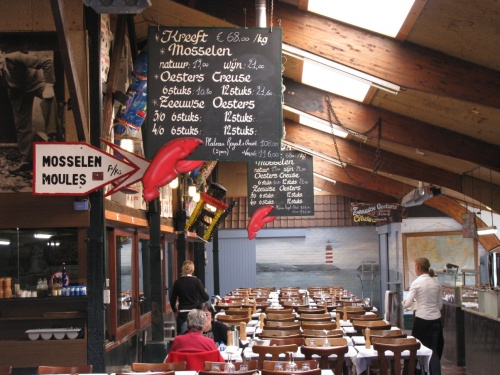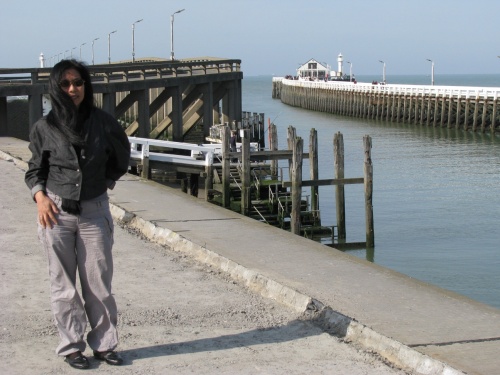Filet Américain… that’s the Belgian variation and translation (Flemish, Brussels’ natives and Walloons use the same french lingo in this case) to refer to what Frenchies and you might actually be calling ‘steak tartare’. But it’s different!
Belgian ‘delicatessen/butcher shops’ and ‘traiteur shops’ sell premium ground meat as ” filet américain nature”, meaning no additions (???- Hmm) as well as “filet américain préparé”, meaning with added different herbs and other seasonings. In the end every one has his/her own recipe. However what makes it different from steak tartare is that the meat is minced with a mechanical grinder. Personally (according to my added 5 local ¢) it does not enhance the meat’s flavour, if I’m allowed to write so! On the contrary.
Not so for the real and only freshly made steak tartare!
What transforms filet américain into a real steak tartare is both the seasoning, and more importantly: the freshly knife-chopped meat just before mixing all ingredients before serving. Indeed, the finished product you buy from the chops usually (read: always) has some preserving“E+ a nbr” chemicals added to keep the meat nicely red for a few days. Home made steak tartare, freshly chopped from premium steak needs to be served asap after finishing the dish. Quality will remain for only a few hours when kept in the fridge!
filet mignon or filet pur
egg yolk
mustard, Dijon mustard recommended
onions or spring onions, finely chopped
capers, drained
tabasco sauce
Worcestershire sauce
a minimal amount of freshly hand-made mayonnaise; parsley finely chopped
salt, pepper, crushed red pepper
I serve this dish with toasted bread slices, tomato & garlic lettuce salad and a Belgian beer: triple Westmalle trappist.
Toasts can be replaced with Belgian french fries or pan baked potatoes.




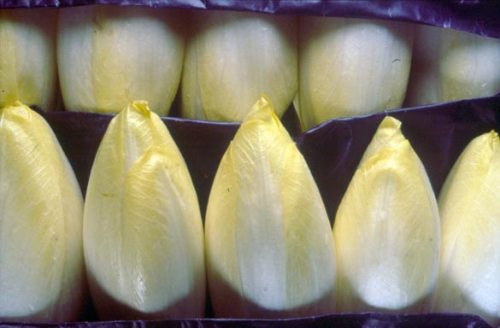
 Blankenberge, West-Flanders.
Blankenberge, West-Flanders.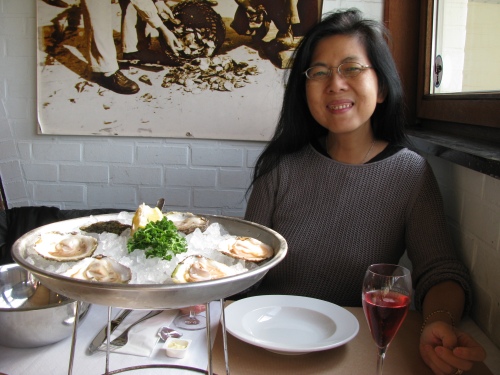 Zeeuwse platte Oesters. The best in the world. Because of these little animals I’ll forgive the Dutchies for being Dutch!
Zeeuwse platte Oesters. The best in the world. Because of these little animals I’ll forgive the Dutchies for being Dutch!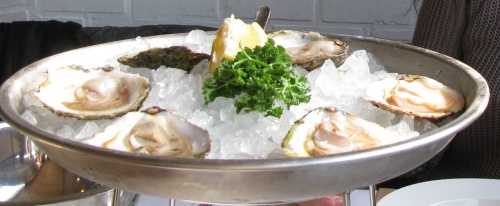
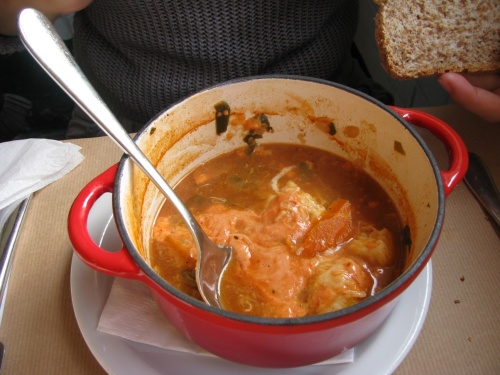 Fish soup with rouille. We both loved it. Wonderful dish.
Fish soup with rouille. We both loved it. Wonderful dish.


